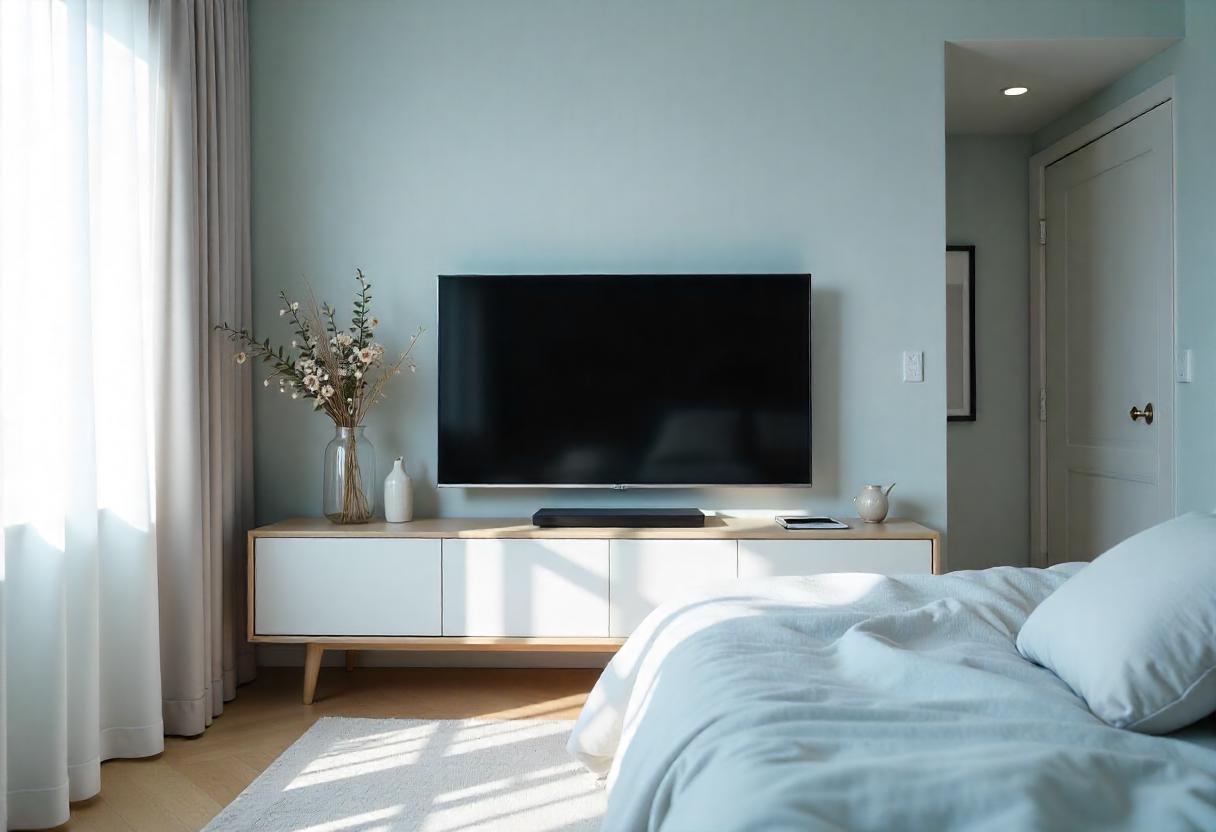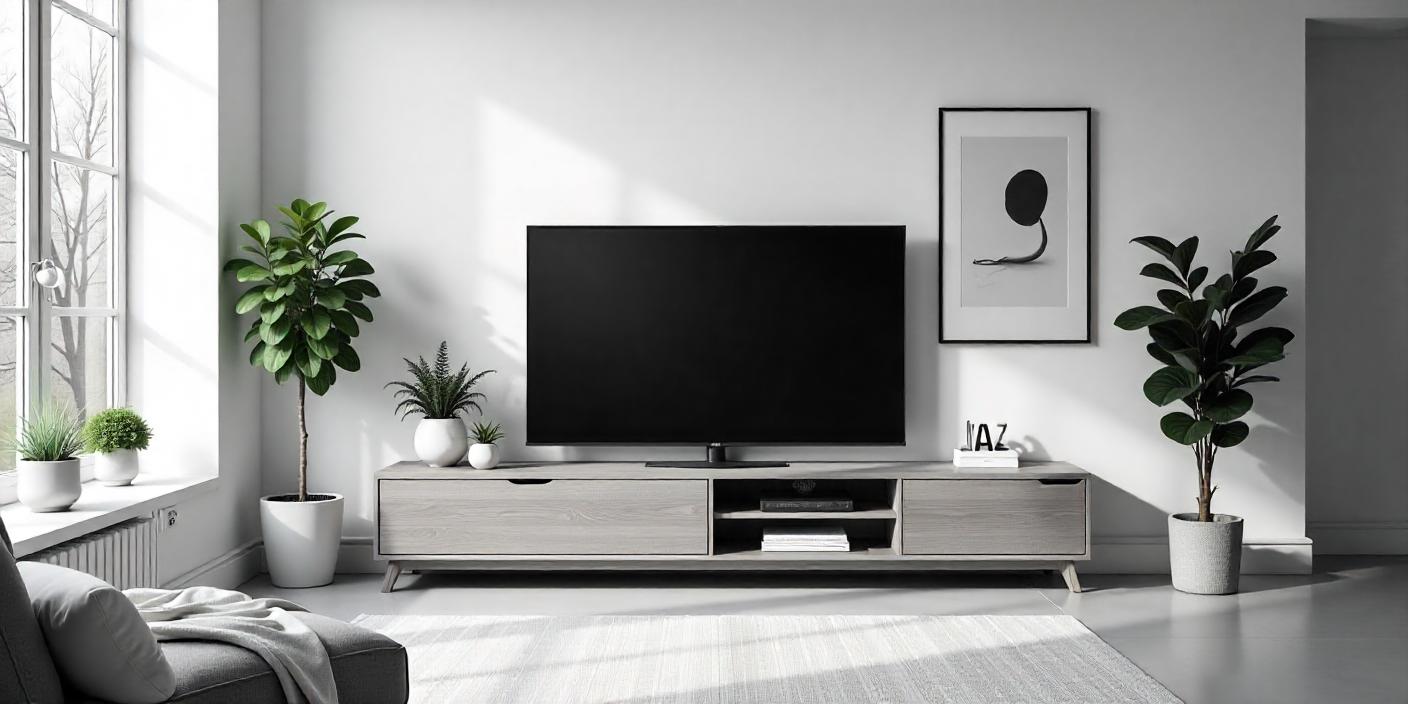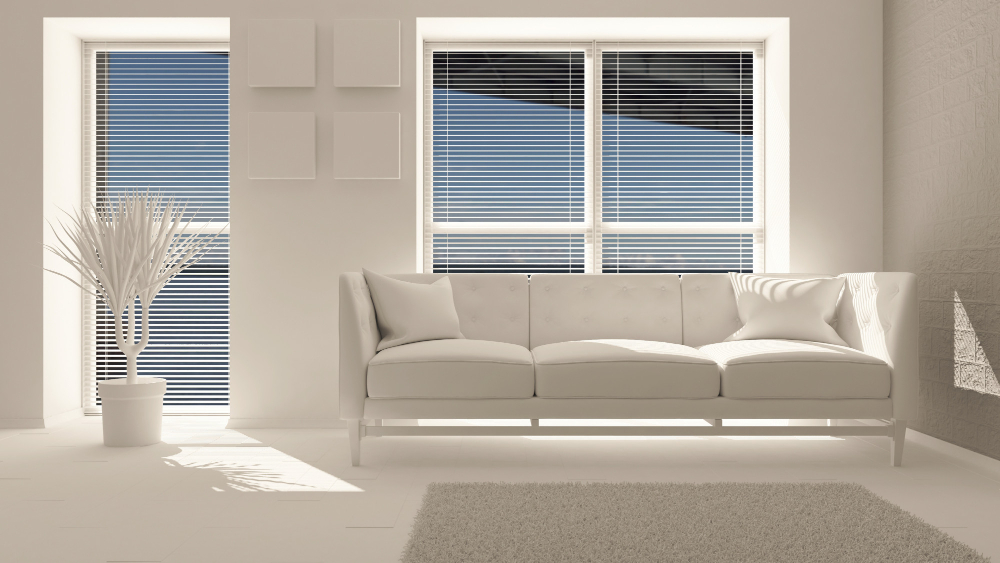When working in a small office, every inch of space counts. The right office furniture can enhance productivity, improve comfort, and create a stylish, functional workspace. It’s essential to make smart furniture choices to avoid clutter while ensuring all your essentials fit comfortably. In this guide, we’ll explore the best strategies and types of furniture for small office spaces, helping you turn any compact area into a powerhouse of productivity.
Key Factors to Consider Before Purchasing Office Furniture
Buying office furniture for a small space involves more than finding pieces that look good. Consider these key factors before making a decision:
- Functionality: Choose items that serve multiple purposes, like desks with built-in storage or chairs that fold away.
- Size: Measure your available space carefully. Opt for furniture with a compact footprint to avoid crowding.
- Comfort: Ergonomics matter, even in small spaces. Invest in ergonomic chairs and desks to support posture and productivity.
- Durability: Small office furniture should be sturdy yet lightweight for easy movement and rearrangement.
- Aesthetics: Select colors and materials that complement your overall office decor for a cohesive look.
Top Space-Saving Office Furniture Essentials
1. Desks
A desk is the centerpiece of any office. For small spaces, consider options that maximize functionality without taking up too much room.
- Wall-Mounted Desks: Attach directly to the wall to save floor space. Foldable models are ideal for ultra-compact rooms.
- Standing Desks: Adjustable standing desks are great for ergonomic purposes and can help free up floor space.
- Corner Desks: Utilize unused corners in your room. L-shaped or corner desks provide ample work surface without cluttering the center of the space.
2. Chairs
Comfortable seating is essential, but in a small office, it’s equally important to choose a chair that doesn’t overwhelm the space.
- Foldable Chairs: These can be stored away when not in use, keeping the room free of clutter.
- Task Chairs with Wheels: Rolling chairs make it easy to move around in a small space.
- Ergonomic Chairs: Look for a model that supports posture and minimizes strain, as poor ergonomics can lead to discomfort and decreased productivity.
3. Storage Solutions
Without adequate storage, small spaces can quickly become chaotic. Here are some smart storage ideas:
- Floating Shelves: Utilize wall space for storage, leaving the floor area open for other furniture.
- Compact Filing Cabinets: Slim filing cabinets or mobile units can fit into narrow spaces while providing essential document storage.
- Hidden Storage Desks: Desks with drawers or hidden compartments help keep clutter out of sight and streamline the workspace.
Tips for Selecting Multi-functional Furniture
Multi-functional furniture is a must-have in a small office setting. Look for items that serve more than one purpose to maximize utility without overcrowding your space.
- Desk with Built-in Storage: Opt for desks with shelves or drawers to minimize the need for extra storage units.
- Fold-out Tables: These versatile tables can serve as extra workspace when needed and be folded away afterward.
- Convertible Sofa or Chairs: If you expect guests, a sofa that converts to a chair or a foldable chair is ideal for a small office.
Ergonomics in Compact Offices: How to Stay Comfortable
Working in a small office shouldn’t mean sacrificing comfort. Here’s how to stay ergonomic in a tight workspace:
- Adjust Desk and Chair Height: The desk and chair should align so that your elbows form a 90-degree angle when typing.
- Invest in a Good Chair: Ergonomic chairs reduce the risk of neck and back pain, which can arise from prolonged sitting.
- Monitor Placement: Keep your monitor at eye level to avoid neck strain. For small desks, consider monitor mounts that save space.
- Footrests: If your chair isn’t adjustable, a footrest can help keep your legs at the right angle.
Budget-Friendly Tips for Small Office Furniture
Furnishing a small office on a budget doesn’t have to be challenging. Here are some ways to get high-quality furniture without overspending:
- Buy Secondhand: Many used office furniture stores offer durable, gently used items at affordable prices.
- Look for Sales and Discounts: Keep an eye out for furniture sales, especially around major holidays.
- DIY Customization: Repurpose furniture you already have. With a fresh coat of paint or new hardware, an old desk or shelf can look new.
- Opt for Modular Pieces: Modular furniture is often cheaper and allows you to add components as needed.
Styling Your Small Office Space for Maximum Impact
Creating a visually appealing workspace can boost morale and productivity. Here are some styling tips for small offices:
- Use Light Colors: Light colors can make a small room feel more open. Consider white, beige, or soft pastel shades.
- Add Plants: Small plants can freshen up your space, improving air quality and creating a calming atmosphere.
- Decorative Storage Boxes: Choose stylish storage boxes that complement your decor. They’re functional and add a personal touch.
- Mirrors: A strategically placed mirror can make your small office feel larger.
FAQs: Smart Office Furniture Choices for Small Spaces
Q1: What type of desk is best for a small office?
A: Wall-mounted or foldable desks are ideal for small spaces. These options save floor space and provide a comfortable working area.
Q2: Are ergonomic chairs necessary for small offices?
A: Yes, ergonomic chairs are crucial. Even in small spaces, ergonomic chairs improve posture and comfort, helping you stay productive without strain.
Q3: Can I create extra storage without adding bulky cabinets?
A: Floating shelves and under-desk storage units provide space-efficient storage without adding bulk to your workspace.
Q4: How can I make a small office look stylish?
A: Use light colors, incorporate small plants, and choose functional, stylish storage solutions. These touches can create a welcoming and professional atmosphere.
Q5: Is secondhand furniture a good option for small offices?
A: Absolutely! Secondhand office furniture is often affordable and can still offer the quality and durability you need.
Conclusion: Transform Your Workspace with Smart Furniture Choices
Creating an efficient and attractive small office is possible with the right furniture. Focus on multifunctional, space-saving pieces, prioritize comfort, and make strategic design choices. With these tips, you can make the most of any compact workspace and create an environment that enhances productivity and well-being.



